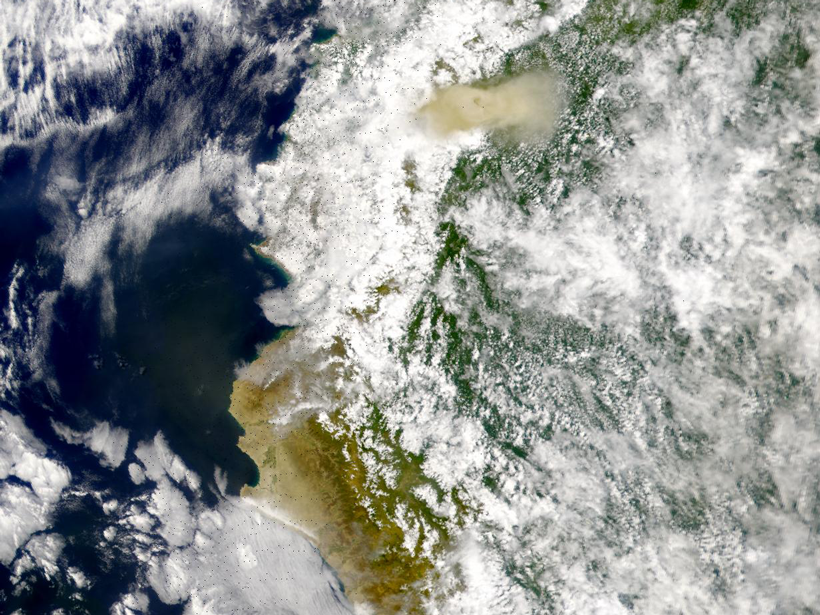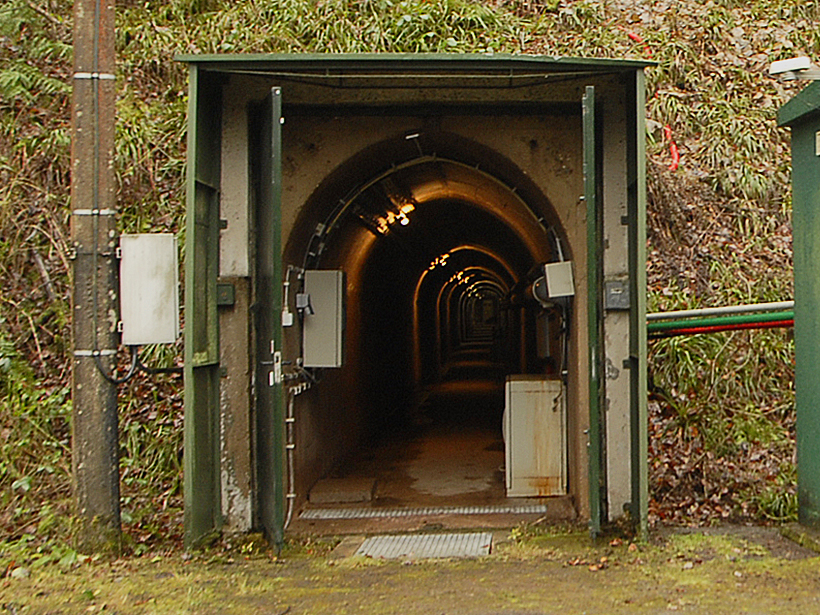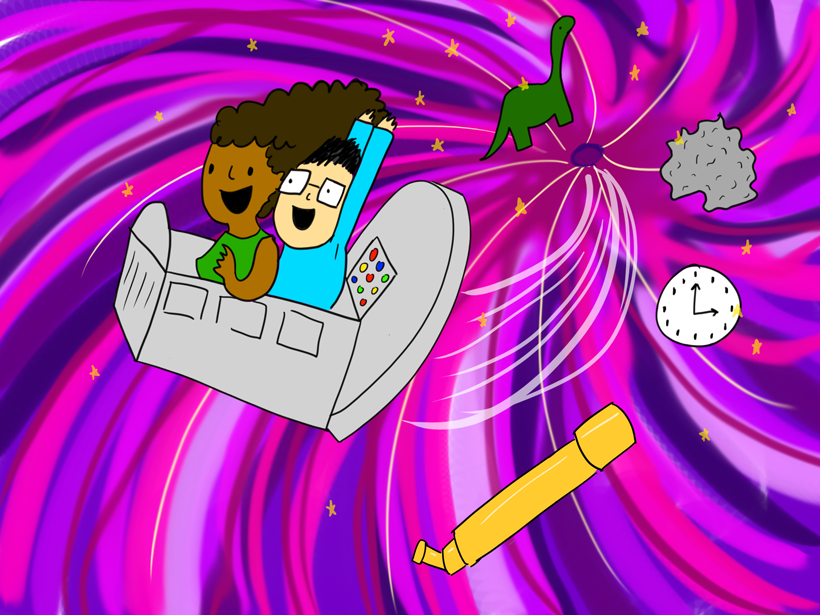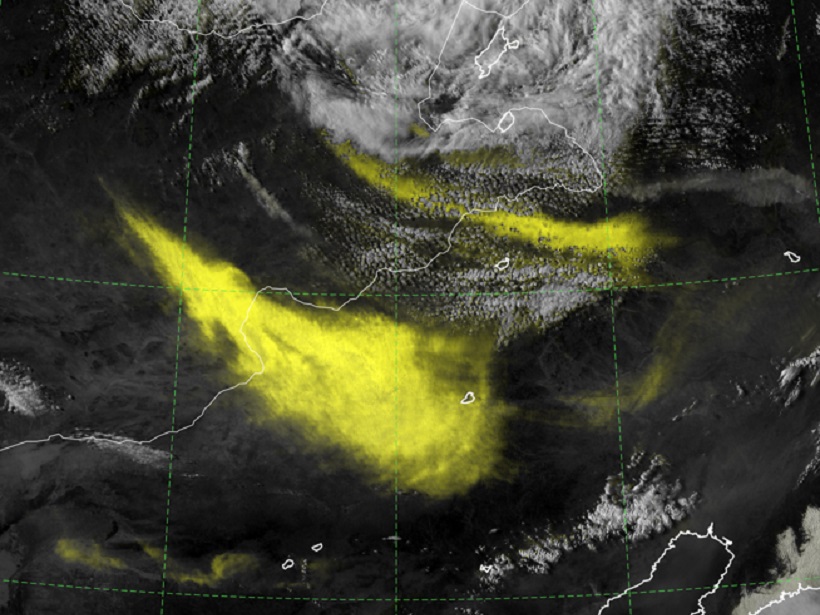A sensitive underwater microphone captures the sounds of methane, a potent greenhouse gas, escaping into waters off the coast of Oregon. Using this sound, researchers can estimate the bubbles’ sizes.
CC BY-NC-ND 2017
Using Radar to Understand How Volcanic Eruptions Evolve
Radar satellite imagery can be used to measure constructional changes in the topography of long-lived volcanoes, according to a new study of Ecuador’s El Reventador volcano.
Testing a New Tool That Illuminates Tiny Fractures in Coal
A computational model outperforms a widely used microcomputed tomography imaging method in characterizing coal fractures.
Robert L. Wesson Receives 2017 Edward A. Flinn III Award
Robert L. Wesson received the 2017 Edward A. Flinn III Award at the American Geophysical Union Fall Meeting Honors Ceremony, held on 13 December 2017 in New Orleans, La. The award honors an “individual or small group who personifies the Union’s motto ‘unselfish cooperation in research’ through their facilitating, coordinating, and implementing activities.”
Recording Belgium’s Gravitational History
Instruments at Belgium’s Membach geophysical station set a new record for monitoring gravitational fluctuations caused by storm surges, groundwater fluctuations, and the Moon’s tidal pull.
Addition by Subtraction: Raising the Bar for Satellite Imagery
When it comes to forecaster analysis of complex satellite imagery, less can be more, and a new technique aims to simplify imagery interpretation by suppressing the background noise.
The Power of Water, Wind, and Solar (and Nothing Else)
Road map for improving climate calls for 100% clean, renewable energy by 2050.
Bahr, Duce, and Somerville Receive 2017 Ambassador Awards
Jean M. Bahr, Robert A. Duce, and Richard C. J. Somerville were awarded the 2017 Ambassador Award at the American Geophysical Union Fall Meeting Honors Ceremony, held on 13 December 2017 in New Orleans, La. The award is in recognition for “outstanding contributions to one or more of the following areas: societal impact, service to the Earth and space community, scientific leadership, and promotion of talent/career pool.”
The Curious Case of the Ultradeep 2015 Ogasawara Earthquake
Unusual ground motion associated with the deepest major earthquake in the seismological record is due to both its great depth and its origin away from the subducting slab.








